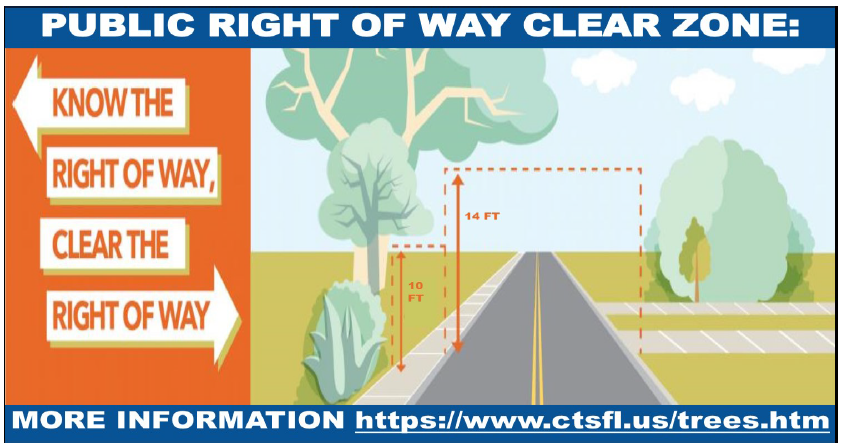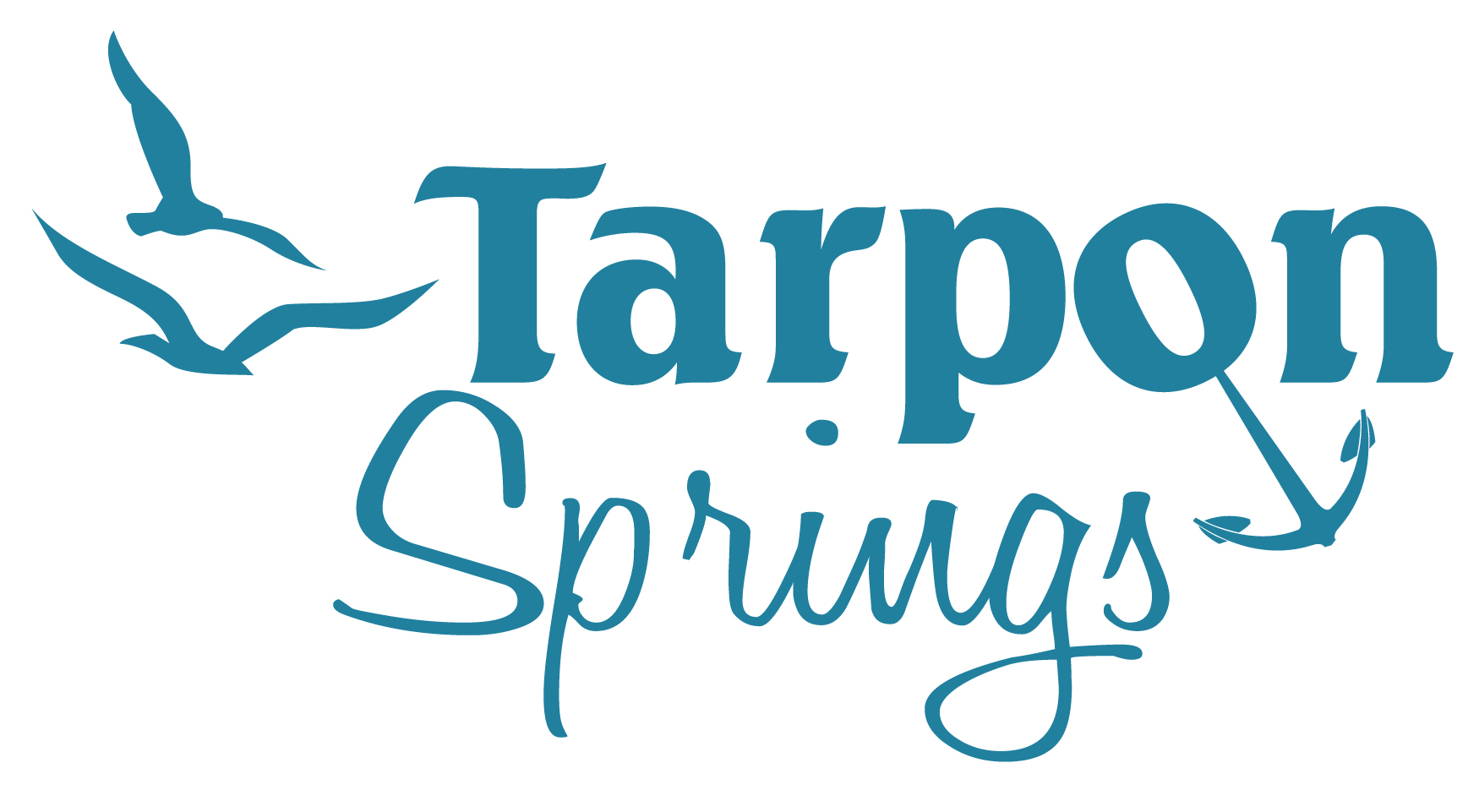Tree and Site Information
Contact Information
Contact Information: (727) 942-5617 Ext. 2265, 324 East Pine St, Fax (727) 943-4651
Arborist: Shannon Brewer: sbrewer@ctsfl.us
Tree Permits and Verification:
Approved Tree List
Certificate of No Tree Removal Verification
Field Guide to Florida Mangroves
Mangrove Trimming Flowchart
New Construction Permit Check List – No Tree Impacts
New Construction Permit Check List – With Tree Impacts
Right-Of Way Maintenance of Trees
Tree Protection Silt Fence Standards
Tree Removal Permit Application
ELECTRONIC PLAN REVIEW – Beginning November 1, 2021 – Electronic Plan Review Trial Phase to Commence
City Staff have been implementing and testing new electronic plan review software that will allow applications to be submitted digitally through an online portal. This new application submission process will be a more efficient method for routing plan review to departments simultaneously allowing for shorter review time periods. We will post instructions on how to navigate electronic submittal through this new system soon. Watch this space for further details and upcoming announcements.
FLORIDA STATUTE 163.045: TREE REMOVAL ON EXISTING RESIDENTIAL PROPERTY
Florida Statute 163.045 was approved by the Governor and took effect July 1, 2019. This statute prohibits a local government from requiring a notice, application, approval, permit, fee, or mitigation for the pruning, trimming, or removal of a tree on residential property if the tree presents a danger to persons or property, as documented by a certified arborist or licensed landscape architect. The bill does not apply to mangrove trees, which the trimming and alteration of is regulated statewide by the Department of Environmental Protection.
The city will continue to assist our residents by having by an ISA Certified Arborist on staff conducting the required inspection for hazardous trees as well as trees which do not meet the criteria outlined as above. A record of the inspection and a report will be generated and kept on file within the Building Department. Fee for residents is currently $50.00.
The revised statute SB 0518 was approved by the Florida legislature during the regular 2022 session and was signed into law by the Governor May 18, 2022. The revised law will go into effect July 1, 2022. The changes provide clarity to both ISA Certified Arborists and Florida residents as to what is meant by “presents a danger”, “documentation” and what is meant by “residential property”.
Read the revised law at https://www.flsenate.gov/Session/Bill/2022/518/BillText/Filed/HTML
TREES IN THE RIGHT OF WAY
 Owners of real property abutting any dedicated right-of-way in the city shall be required to keep the right-of-way in a clean and sanitary condition at all times. Owners of private property are responsible for the maintenance of trees on private property and in the abutting rights of way under Section 133.02: Applicability of Maintenance of Trees for all Properties within the City, Land Development Code.
Owners of real property abutting any dedicated right-of-way in the city shall be required to keep the right-of-way in a clean and sanitary condition at all times. Owners of private property are responsible for the maintenance of trees on private property and in the abutting rights of way under Section 133.02: Applicability of Maintenance of Trees for all Properties within the City, Land Development Code.
Trees shall be maintained by the owner, tenant or their agent in good condition with an unobstructed vertical clearance of not less than 13 ft. 6 in. over the street and 10 foot over sidewalk or improved right-of-way. All associated debris shall be removed for compliance.
Trimming of trees does not require a permit if no more than on third (1/3) of the canopy is removed within one calendar year. Removing more than this will be considered “Topping”. (Top or Topping means the removal of any portion of one or more major vertical tree branches or the removal of more than one third (1/3) of the tree’s leaf canopy)
TREES AND CONSTRUCTION
If trees are removed under a Development Permit, the tree removal permit application shall contain additional information. Link to checklist at right
If there are no protected trees on site or no protected trees shall be removed, an applicant for a Development Permit shall submit a notarized No Tree Verification form. Link to form at right.
Minimum Tree Planting Requirements
In residential, commercial or industrial standards in this section shall be required to be met prior to the issuance of a Certificate of Occupancy for new construction and prior to the approval of a final inspection for any property that requires a site plan amendment in excess of 50 percent of the property’s value as shown on the records of the property appraiser.
Tree Protection during Construction
Before development, land clearing, filling or any land alteration, a permit shall be required and suitable protective barriers shall be erected by the developer. The Protective barricades shall be placed around all Protected Trees, and all other protected vegetation including wetlands during site clearing to create a protective radius and shall remain in place until land alteration, site clearing and construction activities are complete. These protective structures shall remain until such time as they are authorized to be removed by the City Staff or until the issuance of a final Certificate of Occupancy.
MANGROVE REGULATIONS
Mangroves are protected by the State’s “Mangrove Trimming and Preservation Act” and the enforcement of this statute has been delegated to Pinellas County. The Pinellas County Commission subsequently adopted a countywide ordinance regulating the trimming of mangroves. Link to Pinellas County Mangrove Regulations
CITY TREE PROGRAMS
Tree City USA
The Arbor Day Foundation Tree City USA Program recognize cities for their excellence in urban forestry management since 1976. Tarpon Springs was recognized in 2007 and has met the four core standards of sound urban forestry management every year since. Link to Tree City USA Program
Gift Tree Program
The Gift Tree Program allows group and individuals to donate trees to commemorate special events or memorials and to be placed on City-owned land. Donation into the Gift Tree Program is $1,500.00 per tree. In return, items included are a Florida Friendly species of tree, installation, its continued maintenance, and bronze plaque placed at the base of tree. The names of those honored and the names of the donors are inscribed on an engraved leaf on the “Gift Tree” display in City Hall. Gift Tree Application Form
Frequently Asked Questions
Any tree having a DBH of 4 inches or greater that is not specifically excluded from protection including all mangroves, Sabal Palms, and Cabbage Palms.
Diameter Breast Height (“DBH”) means the diameter, in inches, of a tree measured at 4.5 feet above the existing grade.
Yes. It shall be unlawful for any person, without first obtaining a permit, to cut down, damage, top, poison, replace, replant, or effectively re- move through excessive injury, or in any man- ner destroy or cause to be destroyed any protected tree.
The following tree species may be removed from private property without a permit: Acacia, Australian pine, Avocado, Brazilian pepper, Cherry Laurel, Chinaberry, Chinese Tallow, Citrus, Ear, Eucalyptus, Ficus, Italian cypress, Jacaranda, Jerusalem thorn, Loquat, Mango, Monkey Puzzle, Norfolk Island pine, Orchid, Palms (except Cabbage, Sabal, Palmetto, & Royal), Poinciana, Punk, Silk Oak, Toog and Woman’s Tongue.
No. The trimming of trees as normal maintenance is exempt from permitting provided such trimming does not result in mutilation, death, or removal of the tree. Topping, excessive pruning or the removal of more than one-third (1/3) of the tree’s leaf canopy is prohibited without a permit.
The application fee varies from $25 to $100 based on the type of property.
Trees removed shall be replaced as follows: One DBH inch for each DBH inch removed or a fee in lieu thereof shall be paid. For example, if you remove an 8 inch protected tree then you must replant 8 inches of trees or pay the appropriate replacement fees.
The following fees shall apply unless the required replacement trees are planted on the site:
1. Individual single-family residential lots presently occupied by the owner:
a. 4 inch to less than 10 inch DBH, $10.00 per inch removed.
b. 10 inch to less than 20 inch DBH, $20.00 per inch removed.
c. 20 inch to less than 30 inch DBH, $40.00 per inch removed.
d. 30 inch and greater DBH, $50.00 per inch re- moved.
2. All other developments or properties:
a. 4 inch to less than 8 inch DBH, $25.00 per inch removed.
b. 8 inch to less than 15 inch DBH, $50.00 per inch removed.
c. 15 inch to less than 25 inch DBH, $75.00 per inch removed.
d. 25 inch and greater DBH, $100.00 per inch removed.
Yes, if one or more of the following conditions is found to exist:
1. The tree is diseased or injured to the point it will ultimately expire and no reasonable remedy exists;
2. The tree is in immediate danger of falling and no economically practicable remedy exists;
3. The tree is significantly endangering existing structures so that its continued presence will ultimately cause damage and no economically practicable remedy exists;
4. In the City’s professional opinion the tree is substantially endangering existing pavement or utility services in a manner that threatens to damage property or life;
5. The tree creates unsafe visibility which pruning will not rectify; or
6. It is found by the City to be in the interest of the general public’s health, safety and welfare that the trees be removed.
7. The tree or tree cluster is less than 19 inches DBH, is located within the primary building pad, primary foundation line, swimming pool and swimming pool patio pad, or that portion of the driveway within 15 feet of the garage or carport entrance, and these structures cannot be relocated.



